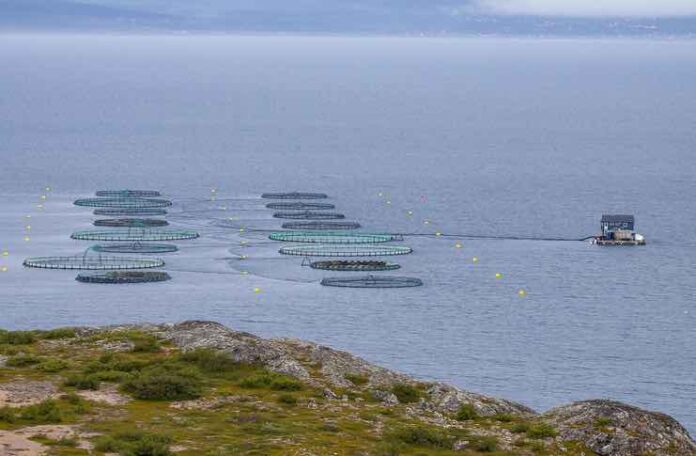
The practice of carefully raising aquatic organisms, particularly for human consumption, is known as aquaculture. It’s a concept akin to agriculture, but instead of using plants or animals, it uses fish. Another name for aquaculture is fish farming. The seafood you buy at your neighborhood supermarket is probably classified as farmed fish. Sustainable aquaculture is practiced all around the world, including in tanks on land and freshwater ponds, rivers, and coastal ocean waters.
Modern sustainable aquaculture can track water quality, record fish behavior, and handle facility logistics thanks to the growth of agri-tech. Aquaculture facilities utilize smart sensors and other Internet of Things (IoT) devices to monitor water quality and make modifications in real-time to maintain ideal conditions for their stock. IoT technology is gaining in popularity. To help with illness control and prevention, these gadgets may also keep up feeding schedules, boost oxygen levels, and give early warnings and diagnoses.
How Does Sustainable Aquaculture Work?
Based on the species, the production and technique process changes in aquaculture. The production process typically has four steps, beginning in hatcheries and ending at the seafood counter in your local grocery store.
The quality and safety of the seafood they produce can differ depending on each of these stages, which is why the Global Seafood Alliance oversees the Best Aquaculture Practices (BAP) third-party certification program. These four features of aquaculture have historically caused problems for fish farms, and BAP aims to enhance the fish farming sector globally.
The only certification scheme that addresses each stage of the supply chain is this one. If your seafood bears the BAP mark, you can be certain that it was produced ethically.
The hatchery is the initial step in the sustainable aquaculture production process. This is the location where fish reproduce, the eggs hatch, and young fish are raised. The animals are moved to the farm once they are old enough to be sent there, where they are raised to harvest size using feed produced in feed mills (another stage of aquaculture).
After arriving at a processing plant, the fish are packaged and sent to grocery stores and restaurants.
Here’s a short animated clip to help you better understand how it works:
The Significance of Sustainable Aquaculture
Overfishing of our oceans and other natural resources is steadily rising year after year, and people need alternative sources of seafood to feed the planet’s ever-growing population. Fish from the wild has long been misused. According to some estimates, the yearly catch of edible marine protein has peaked.
The demand for seafood cannot be met naturally by the oceans. The method to close the gap in the supply of seafood is sustainable aquaculture. The answer to giving future generations access to wholesome and ecologically friendly protein sources is to farm fish responsibly and sustainably.
In addition to being required, aquaculture offers consumers a sustainable alternative when compared to other farmed proteins. When compared to chicken, pork, and beef, seafood has the best protein retention, making it a highly productive and efficient resource. It also has the lowest feed conversion ratio when compared to other proteins of a similar class. Aquaculture emits lower greenhouse gas emissions than other types of farming.
By 2050, there will be 10 billion people on earth, which will result in a 52% rise in the need for animal protein. The need for sustainable and wholesome methods of feeding the planet is greater than ever.
Aquaculture’s function is crucial for providing healthy, lean protein to the world’s expanding population in a sustainable manner. Aquaculture’s main duty is to effectively supplement wild-caught fish options to improve the amount of seafood that is available on a global scale.
Choose Sustainable Aquaculture to Create a Better Environment
If it is carried out in a way that is ecologically friendly, socially responsible, and considers food safety and animal welfare, aquaculture has the potential to improve both the health of the planet and the population. Companies that are looking to adopt the method of sustainable aquaculture, can take the help of experts and counselors who can help in become eco-friendly and sustainable.
Want to read more of our latest posts? Check out the future of heavy industries in the Philippines.




